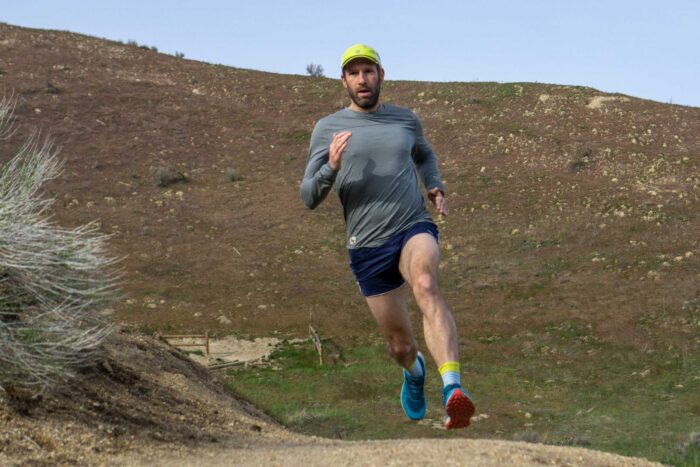A few years ago, minimalist shoes and toe-equipped FiveFingers were the rage. Now, the trend has gone ‘maximalist’ in the running world.
Uber-cushioned shoes this year are available from big brands like Brooks, Asics, and New Balance. They offer protection and comfort with bolstered midsole foam to dampen each stride.
Big shoes are no longer a trend (as we predicted in 2013); they are mainstream on store shelves now, and they are getting big marketing dollars.
No longer just for trail, road runners have adopted them, too, especially for long-distance days and marathons.
Hoka Test
This month, I tested plus-size shoes from a company called Hoka One One. The niche brand has been in the maximal game since 2010.
Long ago, I drank the minimalist Kool-Aid, and for years I have been running in shoes that are essentially the opposite of the Hokas.
I’m not a barefoot-running freak, though racing flats and thin-sole trail runners are my go-to footwear for training and racing. I was skeptical of shoes like Hokas with their “bonus foam” and bounding footprints.
Indeed, Hoka’s Challenger ATR shoe immediately adds more than an inch to your height. With a 29mm heel, the shoe can look big and clumsy at first glance.
Related: ‘Maximum-Cush Fat Shoes Are Trend’
Road & Trail










